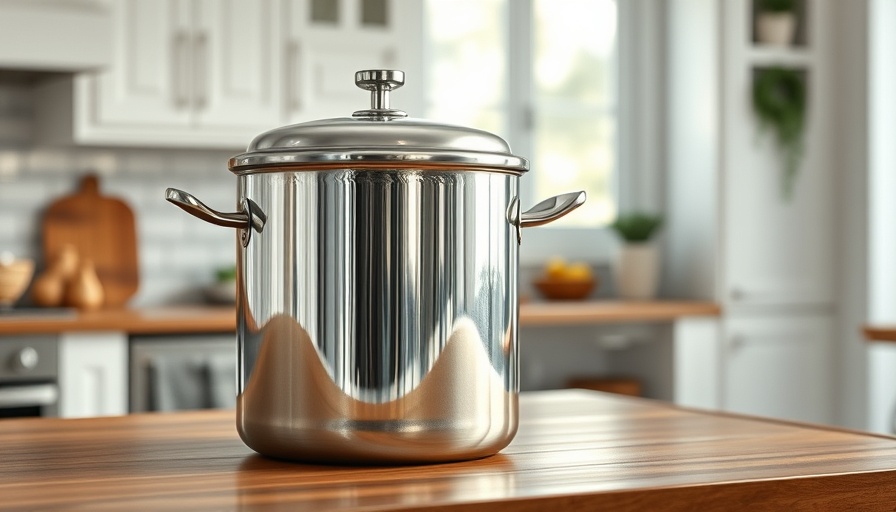
Unlocking the Secrets of Pressure Canning: A Beginner's Guide
Many people find the thought of pressure canning intimidating—it sounds complicated, perhaps even risky. Yet, it’s a straightforward method for preserving food that can truly enhance your home cooking experience. If you’ve ever been curious about pressure canning or had a bad experience, our guide will ease your worries and equip you with the knowledge to get started.
Understanding Pressure Canning
So, what is pressure canning? Essentially, it’s a method of food preservation that utilizes high pressure to seal jars, forcing air out to eliminate the risk of bacteria spoiling your food. This technique is particularly important for low-acid foods like vegetables, meats, and fish.
Why do we need pressure canning? The method is crucial because low-acid foods can harbor dangerous bacteria that cause botulism, a severe foodborne illness. While acidic foods can naturally ward off these bacteria, low-acid varieties need the higher temperatures achievable only through pressure canning to ensure safety.
The Process: What You Need
Before embarking on your pressure canning journey, ensure you have the right equipment:
- Pressure canner (such as Presto or All-American)
- Essential tools: jar lifter, funnel, rack
- Canning jars with lids and bands
- Ladle, towels, pot holders
- Recipe ingredients, foods to can
Using high-quality food is imperative for the best results. Familiarize yourself with resources like the Ball Canning Guide and USDA Canning Guide for reliable instructions.
Step-by-Step Guide to Canning
To pressure can effectively, follow these basic steps:
- Prepare your equipment and ingredients.
- Fill jars with the food you wish to can.
- Seal the jars securely, ensuring there are no air bubbles.
- Place jars in the canner, process as per the specific food type’s requirements.
- Cool and store your jars properly once sealed.
Common Misconceptions Revealed
One common misconception is that pressure canning is dangerous—wrong! As long as you adhere to proper guidelines and use reliable canners, the process is safe. In fact, it’s an effective way to preserve the bounty from your garden or local farmers' market.
Guidelines for Success in Pressure Canning
A few key tips can help ensure your success:
- Always adjust the processing time according to your altitude.
- Use fresh, high-quality produce for the best taste.
- Be patient—timing is crucial, and rushing could ruin your batch.
Benefits of Pressure Canning: Beyond the Kitchen
Not only does pressure canning allow you to preserve food safely, but it empowers you to take control of your food sources, reduces waste, and saves money in the long run. Furthermore, it connects you with the growing trend of sustainable living and food preservation practices that resonate with health-conscious individuals.
The Future of Home Canning
As we navigate this era of heightened health awareness, the importance of self-sufficiency is more significant than ever. Embracing practices like pressure canning fosters a sustainable lifestyle that not only preserves our resources but also enhances our quality of life.
Feeling inspired to dive into pressure canning? Start by gathering your supplies and exploring recipes that excite you. Embrace the joy of preserving seasonal flavors and savor your efforts long after harvest season ends.
 Add Row
Add Row  Add
Add 




Write A Comment